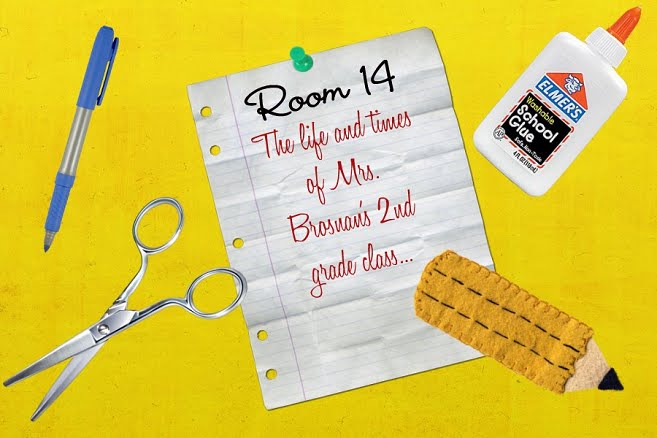Last week in science, the kids balanced a paper crayfish on a popsicle stick, after clipping some clothespins onto its pinchers/claws. We talked about how we had to add some extra weight to that cray fish to make it balance on its nose, because it was too tall and floppy without it.
Today, the class used their prior knowledge to balance 3 new paper shapes. This time, instead of just calling the extra weight "clothespins" (which they are), we learned a new science word:
counterweight
Today, the class used their prior knowledge to balance 3 new paper shapes. This time, instead of just calling the extra weight "clothespins" (which they are), we learned a new science word:
counterweight

Just as the crayfish needed weight added to its pinchers, the new shapes today all needed more weight added. A counterweight is extra weight that is added to an object to help it balance.




I gave these next shapes to the kids as a practice run for my hardest 2nd grade experiment I know:
the PENCIL BALANCING TRICK.
:)








I told the class that if they could get these paper pencil shapes to balance on the popsicle stick, they just might be able to balance a REAL pencil on a popsicle stick!
Impossible, you say?
Just you wait and see!
First, the kids tried balancing a sharpened pencil all on its own (on the popsicle stick).
They soon discovered that it was too wobbly.







Matthew noticed that the paper crayfish last week needed clothespins on its pinchers, and maybe this pencil would need some clothespins on the wire.

After today's science lessons, the kids should have a decent understanding of what a counterweight is, and how they are used in different situations. For example, a gymnast sticks out her arms as she walks across a balance beam. A teeter-totter isn't much fun unless the sides are weighted similarly...if a pre-schooler wants to teeter-totter with his dad, another kid might want to sit with the pre-schooler to act as a counterweight.









nice kids work.
ReplyDelete